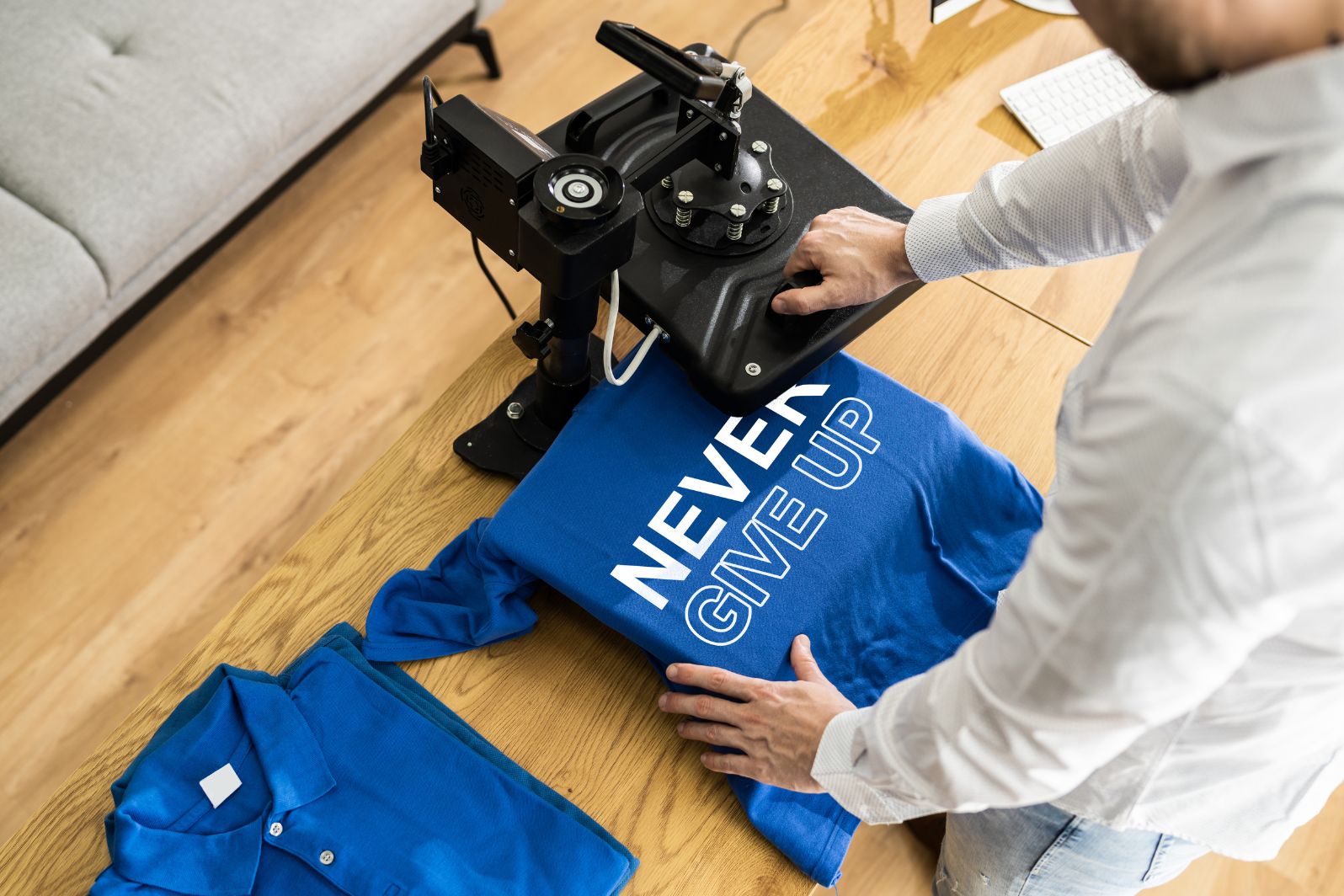The world of e-commerce has seen significant growth in recent years, giving rise to various business models. One such model is print on demand (POD), which provides entrepreneurs and creatives with a way to transform their designs into products. This article delves into the process of how a print-on-demand product evolves from an idea to its sale.
1. The Creator’s Vision:
Every successful product begins with an idea. In the case of print-on-demand products, it usually starts with an artist or designer who envisions a visually appealing design. This could range from captivating illustrations to crafted slogans and more. What sets print on demand services apart is that creators can focus on their core strength, creating art, without the burden of managing production and fulfillment logistics.
2. Design Development:
Once the creator has finalized their design concept, it’s time to give it life. Using design software like Adobe Photoshop or Illustrator, the sketch is converted into a digital version. The designer considers factors such as color palette, resolution, and overall visual appeal.
3. Choosing a Platform:
Once the design is ready for production, creators need to select a print-on-demand platform. There are options in the market today that offer competitive prices and flexibility in terms of product selection and distribution channels.
4. Selecting Products:
One advantage of print-on-demand is the versatility it offers in terms of product options. Creators have a range of choices, including t-shirts, hoodies, mugs, posters, and phone cases. You name it! This allows them to cater to diverse preferences and target niche markets.
5. Product Visualizations:
In order to provide customers with a visual representation of their design on various products, creators use product mock-up generators provided by the print-on-demand platform. These tools help visualize how the design will look on items like apparel or home decor.
6. Setting Up an Online Store:
Now comes the task of creating a store to showcase and sell the print-on-demand products. Many different platforms provide features for creators to build their online stores, allowing them to personalize their pages based on their brand, preferences, and target audience. This ensures a professional presence.
7. Promotion:
Once the store is set up, it becomes crucial to spread the word about these products. Creators can utilize marketing strategies like social media campaigns, collaborating with influencers, or even investing in paid advertising to drive traffic toward their store.
8. Order Placement:
As customers discover and develop a fondness for these print-on-demand creations, orders start pouring in through the storefront. Each order includes product preferences chosen by customers, such as size, color, or any other available variations for that item.
9. Production and Fulfillment:
One of the benefits of the print-on-demand model is that creators can entrust the manufacturing and fulfillment process entirely to the platform they have chosen. When an order is placed, it automatically goes from the store system directly to the print-on-demand platform for production.
10. Quality Control:
Maintaining high-quality standards throughout this process is essential for both creators and customers. The selected print-on-demand (POD) platform prioritizes quality control by utilizing printing technology and conducting quality checks at various stages of production.
11. Delivery:
Once an order successfully passes all the quality checks, it proceeds to the packaging and shipping phases. Print-on-demand platforms often have partnerships with leading shipping carriers, ensuring prompt delivery while maintaining a reliable tracking system from the warehouse to the customer’s doorstep.
12. Monitoring Campaign Performance:
Effective POD platforms offer analytics and data that allow creators to monitor sales on a design or campaign level. This valuable data enables them to closely track what’s selling well and identify areas that may require adjustments or rethinking. Armed with real-time information, they can promptly respond to marketing needs and adjust spending, preventing unnecessary expenses.
13. Ensuring Customer Satisfaction:
By prioritizing product quality, timely delivery, and exceptional customer support, print-on-demand platforms play a role in maximizing customer satisfaction. This not only encourages repeat purchases but also generates positive word-of-mouth advertising – a valuable asset for any business.
Conclusion:
Transforming a sketch into a print-on-demand product involves creativity, strategic decision-making, and finding the right platform to showcase your talents within the convenience of modern e-commerce. Whether they are artists, designers, or aspiring entrepreneurs, POD provides a range of opportunities for individuals. Investing in these ventures not only benefits the creators financially but also helps online businesses thrive while traditional brick-and-mortar shops face continuous decline.



